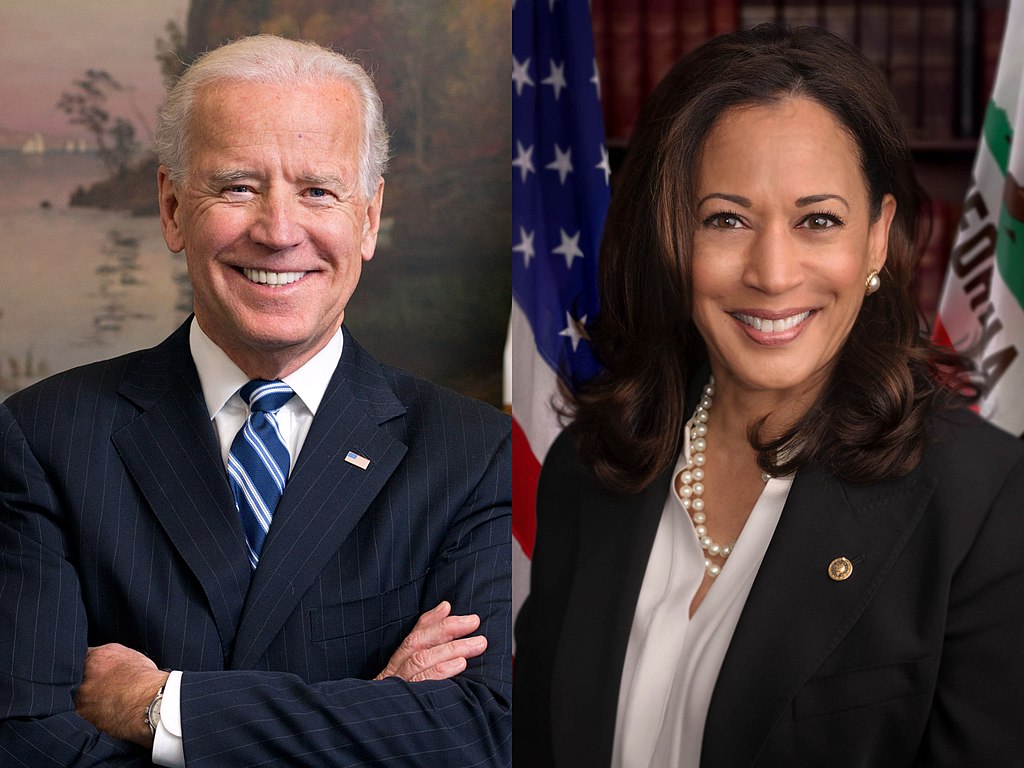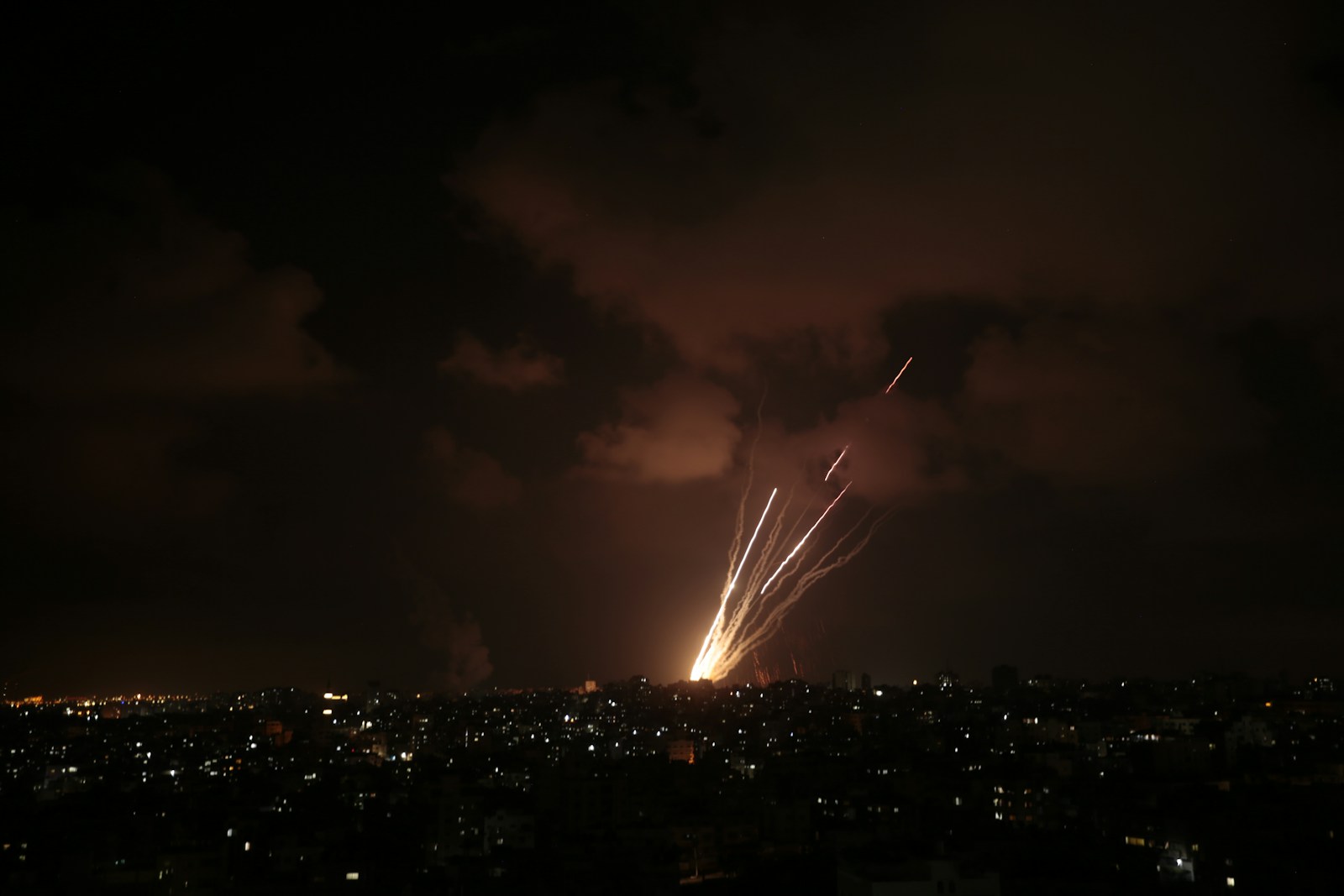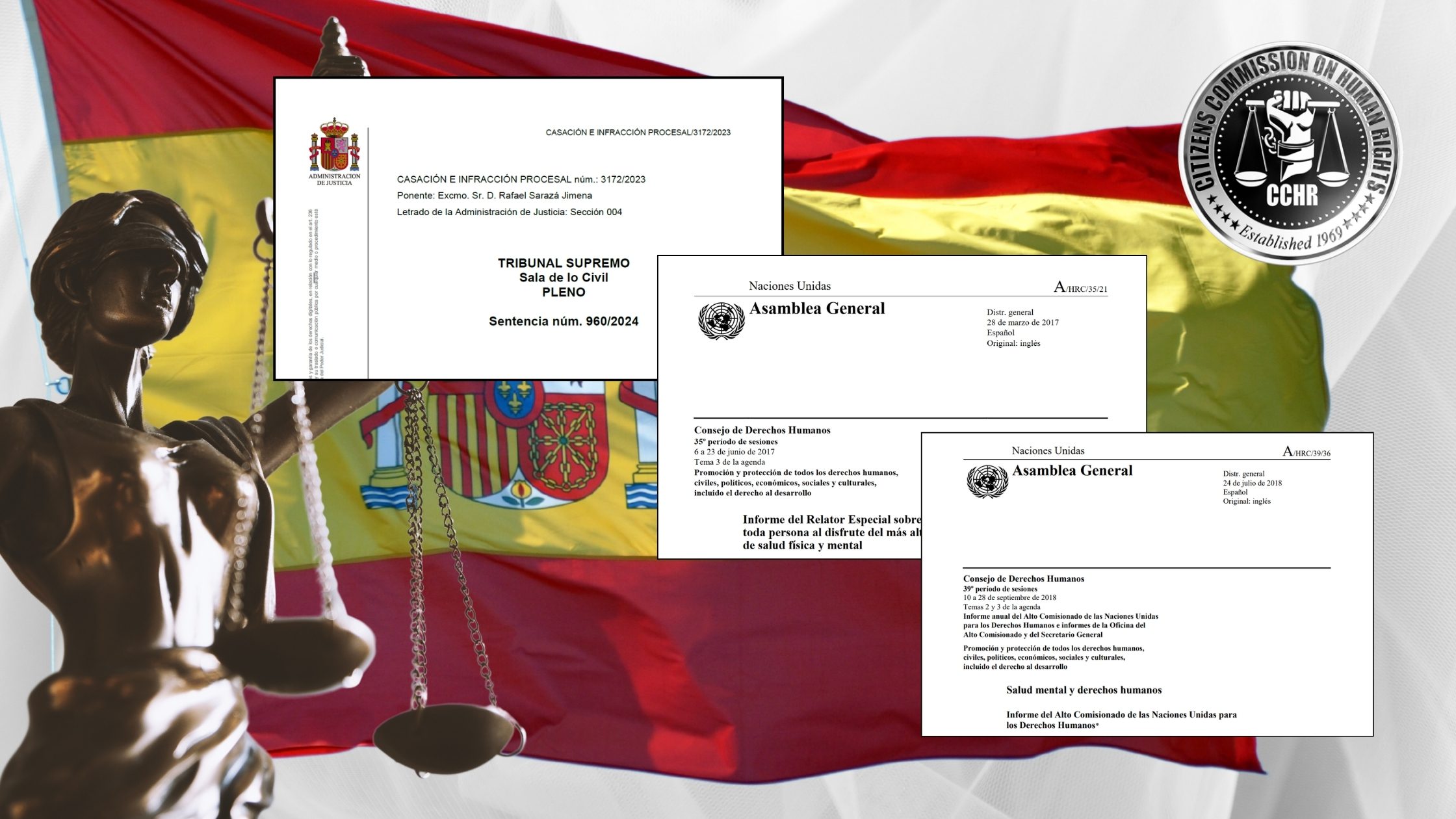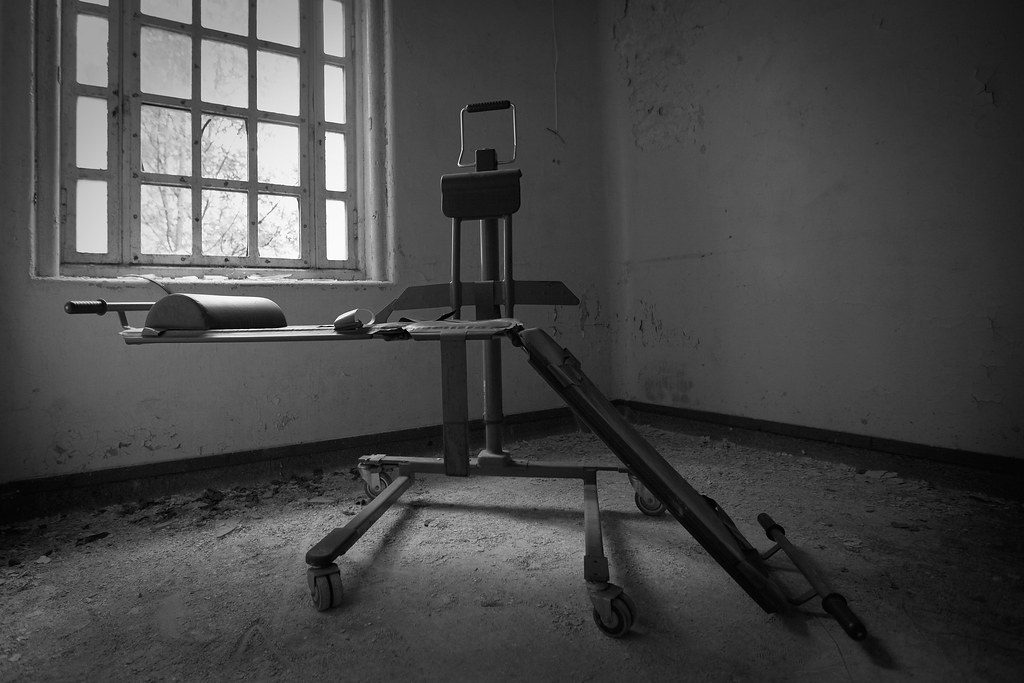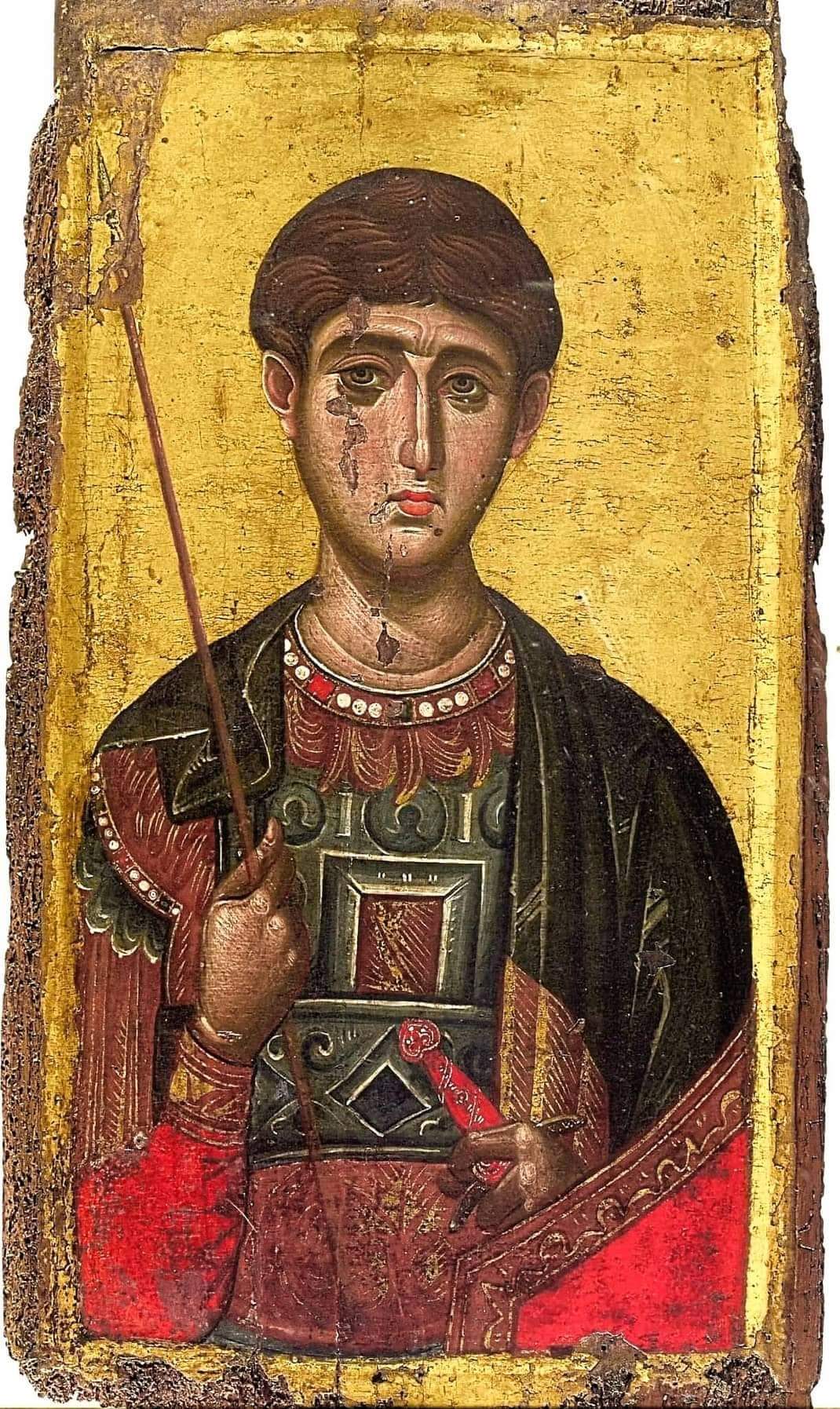By Prof. Leonid Ouspensky
The Feast of the Ascension of the Lord is a feast that concludes the work of our salvation. All the events connected with this work – the birth of Christ, His sufferings, death and resurrection – end with His ascension.
Expressing this meaning of the holiday, on the domes of ancient temples, icon painters often depicted the Ascension, completing their decoration with it.
At first glance, it seems that the Orthodox icons of this holiday do not fully correspond to their name. A central place in them is given to the group of the Mother of God, the Angels and the Apostles, while the main acting person – the Savior himself, who ascends, is depicted almost always smaller and as if in the background in relation to the other persons. But it is precisely in this external inconsistency that the Orthodox icons of the Ascension correspond to the Holy Scriptures. In fact, when we read in the Gospel and in the Acts of the Apostles the account of the Lord’s Ascension, we are left with the same impression: only a few words are devoted to the very fact of the Ascension, and all the attention in the story of the Evangelists is focused on something completely different – on the last commands of the Savior, which establish and define the influence and importance of the Church in the world, its relationship and relation to God. We find a more detailed description of the Ascension in the book of Acts. This description together with the account of the Gospel of Luke gives us those factual data, albeit incomplete, which lie at the basis of the Orthodox iconography of Christ’s Ascension. The center of gravity in the narration of the Holy Scriptures, and together with it in the Orthodox iconography, falls not on the fact of the Ascension itself, but on the meaning and consequences it has for the Church and the world.
According to the testimony of the Holy Scriptures (Acts 1:12), the Lord’s Ascension took place on the Olivet, i.e. The Mount of Olives. Therefore, on the icon, the event is depicted either on the very top of the mountain or in a mountainous landscape. To show that the mountain is olive, olive trees are sometimes painted. In accordance with the liturgy of the holiday, the Savior is depicted ascending in glory (“You have ascended in glory, Christ our God …” – from the troparion of the holiday), sometimes – sitting on a richly decorated throne (“When God was carried on the throne of glory…” (Stichira, voice 1 of the praisers).
His glory is depicted iconographically in the form of a halo – oval or round, consisting of several concentric circles, symbolizing the spiritual sky. This symbolism shows that the ascending Savior is beyond the dimensions of earthly existence, and thus the Ascension acquires a timeless character, which in turn gives a very special meaning to the details, removing them from the narrow framework of the historical event. Halos are supported by Angels (their number varies). They, like the halo, express the Divine glory and majesty*.
* The role of the Angels here is different and changes depending on the liturgical texts on which the image of the icon is based. So, for example, on some icons, the Angels do not wear a halo, but are turned with a prayerful gesture to the Savior, expressing their amazement at seeing “how human nature rises together with Him” (according to the canon of the feast, canto 3). On other icons they are depicted blowing trumpets, in accordance with the words of the antiphon: “God ascended with a shout, the Lord ascended with the sound of a trumpet” (Antiphon, verse 4, Ps 46:6). Sometimes in the upper part of the icon, on the halo, the doors of the Kingdom of Heaven are depicted, which open before the ascending King of glory, according to the words of Ps. 23, repeated in the liturgy: “Lift up, you upper gates, lift up, eternal gates, and the King of glory shall come in.” All these details depicted on the icon indicate the fulfillment of the prophecy of St. King David about the Ascension of the Lord.
In the foreground of the icon, the Mother of God is depicted in the center between two groups of Apostles and two Angels. Here the role of the Angels is already different: they are heralds of the Divine providence, as we know from the book Acts of the Holy Apostles (Acts 1:10-11).
The Mother of God was present at the Ascension of the Lord, which is categorically confirmed by St. Tradition, through liturgical texts, for example, in the Virgin’s Troparion of the ninth canto from the canon of the feast: “Rejoice, Mother of God, Mother of Christ the God, whom you gave birth to and whom, watching together with the Apostles, ascend today, you have glorified”. St. The Mother of God has a very special place in the Ascension icon. Depicted just below the ascending Saviour, She becomes, as it were, the center of the entire composition. Her silhouette, extremely clean, light and clear, stands out sharply against the background of the white robes of the Angels. Her austere, motionless figure contrasts even more strongly with the animatedly gesticulating Apostles on either side of Her. The distinctiveness of Her image is often emphasized by the pedestal on which She stands, which further accentuates Her central place.
This whole group, together with the Holy Mother of God, represents the Church acquired through the blood of Christ the Savior. Left by Him on the earth on the day of the Ascension, she will, through the promised descent of the Holy Spirit in the upcoming feast of Holy Pentecost, receive the fullness of her being. The connection of the Ascension with Pentecost is revealed in the words of the Savior: “If I do not go away, the Comforter will not come to you; if I go away, I will send Him to you” (John 16:7). This connection between the Ascension of the Savior’s deified human flesh and the coming Pentecost, which is the beginning of the deification of man through the descent of St. The spirit is also emphasized by the whole service of the holiday. The foregrounding in the icon of this group, depicting the Church, is a visual expression of that importance that is assigned to its foundation according to the Holy Scriptures in the last commandments of the Savior.
That the whole Church is meant here in the person of its representatives, and not only the persons historically present at the Ascension, can be seen from the presence of St. Apostle Paul (to the right of the viewer, next to the Virgin Mary), who historically could not is present at the Ascension together with the other apostles, as well as from the special place of the Mother of God in the icon of the feast. She Who received God into Herself and became the temple of the incarnate Word, here personifies the Church – the body of Christ, the Head of which is the ascended Christ (“And He set Him over all Head of the Church, which is His body, fullness of Him who fulfills all in all” – Eph. 1:22-23).
That is precisely why, as the personification of the Church, the Holy Mother of God is depicted on the icon immediately below the ascending Christ, and in this way, as if they complement each other.
The gesture of Her hands corresponds to this meaning of Hers. On some icons, it is a gesture of Oranta – an ancient prayer gesture with raised hands, expressing her role and the role of the Church embodied by her in relation to God, a prayerful appeal to Him, intercession for the world. On other icons, it is a gesture of confession, expressing the role of the Church in relation to the world. In this case, the Holy Mother of God holds her hands in front of her, palms facing forward, as the martyrs-confessors are depicted in the iconography. Her strict immobility seems to want to show the immutability of God-revealed truth, whose guardian is the Church.
The movements of the entire group from the foreground of the icon, the gestures of the angels and the apostles, the direction of their gazes, the poses – everything is turned upwards, towards the Source of the life of the Church, its Head residing in the heavens. Thus, the image conveys the call with which the Church addresses its children on this day: “Come, let us stand up and lift up our eyes and thoughts, gather our feelings …, stand mentally on the Mount of Olives and look towards The deliverer Who floats on the clouds…” (Ikos on the Kondak, voice six.). With these words, the Church calls the faithful to join the Apostles in their urge to the ascended Christ, as St. Leo the Great says: “Christ’s Ascension is also our ascension, because where the Head is crowned with glory, there is hope for the body as well.” (St. Leo the Great, Word 73 (Word 61. dedicated to the Feast of the Ascension)
The Savior, ascending, leaving the earthly world with His Body, does not leave it with His Divinity, does not separate from His possession – the Church, which He acquired with His blood – “in no way separates, but abides unyieldingly” with it (Kondak on the holiday). “And behold, I am with you always, even to the end of the world” (Mat.28:20), He says. These words of the Savior refer both to the entire history of the Church and to each individual moment of its existence, as well as to the life of each of its members until the very Second Coming of the Lord. The icon conveys this connection of His with the Church by depicting Him always blessing with the right hand (very rarely He is depicted blessing with both hands), and usually in the left hand holding a Gospel or a scroll – a symbol of teaching and preaching. He ascends while blessing, and not after having blessed His disciples, according to the words of the Gospel: (“And when He had blessed them, He departed from them and ascended into heaven” Luke. 24:50:51) and this blessing of His remains unchangeable upon the Church after His Ascension. By depicting Him blessing, the icon clearly shows us that even after the Ascension He remains a source of blessing to the Apostles, and through them to their successors and all those whom they will bless.
As we have said, in His left hand the Savior holds a Gospel or a scroll. With this, the icon shows us that the Lord who resides in the heavens leaves behind Him not only a source of blessing, but also of knowledge – gracious knowledge, which He transmits to the Church through the Holy Spirit.
The inner connection of Christ with the Church is expressed on the icon through the entire construction of the composition, connecting the earthly group with its heavenly Head. Besides what has been said so far, the movements of the whole group, its orientation towards the Saviour, as well as His gesture addressed to it, express their inner relationship and the inseparable common life of the Head with the Body. The two parts of the icon, the upper and the lower, the heavenly and the earthly, are inseparable from each other and without each other lose their meaning.
But the icon of the Ascension has another meaning. The two Angels, standing behind the Virgin Mary and pointing to the Savior, announce to the Apostles that the ascended Christ will come again in glory: “This Jesus, who ascended from you to heaven, will come in the same way as you saw him go to heaven” (Acts 1:11). In the Acts of the Apostles, as St. John Chrysostom says, “two Angels are mentioned, because indeed there were two Angels, and they were so many, because only the testimony of two is unquestionable (2 Cor.13:1) (St. John Chrysostom , Word on the Acts of the Apostle, par. 3).
Depicting the fact of the Ascension of the Savior and the teaching of the Church, the icon of the Ascension is at the same time a prophetic icon, an icon of the Second and glorious Coming of Jesus Christ. Therefore, on the icons of the Last Judgment He is depicted as on the icons of the Ascension, but no longer as a Redeemer, but as a Judge of the universe. In this prophetic sense, the group of Apostles with the Mother of God (in the center of the icon) depict the Church awaiting the Second Coming of Christ. And so, as we said, the icon of the Ascension is prophetic, it is an icon of the Second Coming, because it reveals before us a spectacular picture, beginning with the Old Testament and reaching the end of world history.
We should note that despite the multifaceted content of the Ascension icon, its distinctive feature is the extraordinary tightness and monumentality of its composition.
The iconography of this holiday, as adopted by the Orthodox Church, is one of the most ancient iconographies of church holidays. The earliest, but already established, images of the Ascension date back to the V-VI century (the Ampoules from Monza and the Ravula Gospel). The iconography of this holiday has remained unchanged to this day, except for some minor details.
Source: From the book “Theology of the Icon” of Leonid Uspensky, translated from Russian (with abbreviations) [in Russian: Богословие иконы православной церкви / Л.А. Успенский. – Переславль: Изд-во Братства во имя святого князя Александра Невского, 1997. – 656, XVI с. : ил.].
Illustration: Ascension of Jesus Christ (Acts 1:1-12, Mark 16:19-20, Luke. 24:50-53). One of the most ancient images of the Ascension of Christ, in the Syrian Gospel of the monk Ravbula (Rabbula Gospels) – 6th century, Antioch Church.




